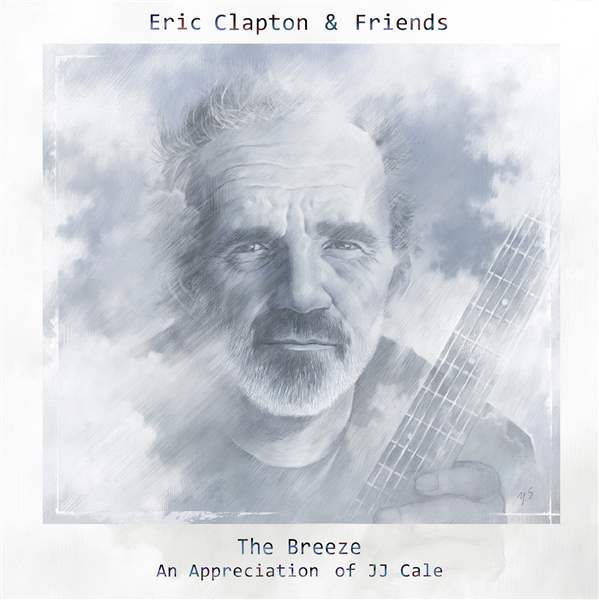
PEOPLE
Clapton says thank you to JJ Cale with ‘The Breeze’
7/25/2014
The album cover by Bushbranch/Surfdog Records for ‘The Breeze: An Appreciation of JJ Cale" by Eric Clapton.
ASSOCIATED PRESS

Eric Clapton says singer-songwriter JJ Cale rescued him and gave him a direction.
NASHVILLE — For Eric Clapton, the early 1970s were filled with drug addiction, personal difficulties and growing dissatisfaction with music.
Singer-songwriter JJ Cale rescued him and gave him a direction, though the man known as the main architect of the highly influential Tulsa Sound didn’t know Clapton at the time.
“I went into that dark period in my life and was just absent, and about that time some of JJ’s early stuff was coming out,” the 69-year-old rock musician said. “I definitely was trying to shake off this guitar legend thing, which I thought was so plebian. It was such a pedestrian way of looking at things. I didn’t want anything to do with that. I didn’t want anything to do with this heavy metal [expletive] that was going on. I can’t stand the noise. I wanted to kind of see the virtuosity, I wanted to get back to fundamentals, and he was a fundamentalist for sure. And so he was my beacon.”
Cale died a year ago this week at 74. Though he didn’t have a major hit as a performer, he wrote some of rock and roll’s most identifiable songs. Lynyrd Skynyrd had one of its biggest hits with “Call Me the Breeze,” and Clapton took both “After Midnight” and “Cocaine” to No. 1.
Cale’s music continues to inspire and push Clapton in powerful ways, something Clapton marks with the release this week of The Breeze: An Appreciation of JJ Cale, a 16-track thesis study in Cale’s career.

The album cover by Bushbranch/Surfdog Records for ‘The Breeze: An Appreciation of JJ Cale" by Eric Clapton.
Clapton was struck by the idea on a 12-hour flight to Cale’s funeral, and planned it out in a burst of inspiration.
He thought he’d do the album for himself, and if he never released it, so be it. But he met Dick White, one of the first band leaders to hire Cale, at the funeral and invited him to record a song. Once White was onboard, Clapton decided to open it up to other friends, and brought in Willie Nelson, Tom Petty, Mark Knopfler and John Mayer with drummer Jim Keltner and bassist Nathan East serving as the rhythm section. All were influenced by Cale’s distinctive sound in some way or another.
“All through the ’70s it was JJ, it was Bob Marley, it was Stevie Wonder,” Clapton said. “Those were the places where I knew there was safe, real, creative stuff, and for me out of those guys he was the one I felt I could come closest to if I wanted to follow that trail.”
Cale’s sound — a deceptively simple shuffle imbued with an irresistible driving groove hammered together at a cultural crossroads where rock, country, blues, and jazz cohabitated peacefully — is easily identifiable. A knowledgeable listener can hear his sonic fingerprints all over modern rock and roll. Few can reproduce his vibe — a swirling light-dark mix of up-all-night adrenaline and late-morning regrets.
Clapton has included a Cale cover on most of his albums. The Breeze includes many of Cale’s most recognizable songs and three unreleased cuts culled from the numerous recordings that Cale never included on an album.
Though he never got to know Cale as well as he would have liked, Clapton said he still needed to say thank you.
“I prefer to think of him as my older brother, in a way, the older brother I didn’t really have,” he said. “ ... Musically it just seemed like we came out of the same place.”